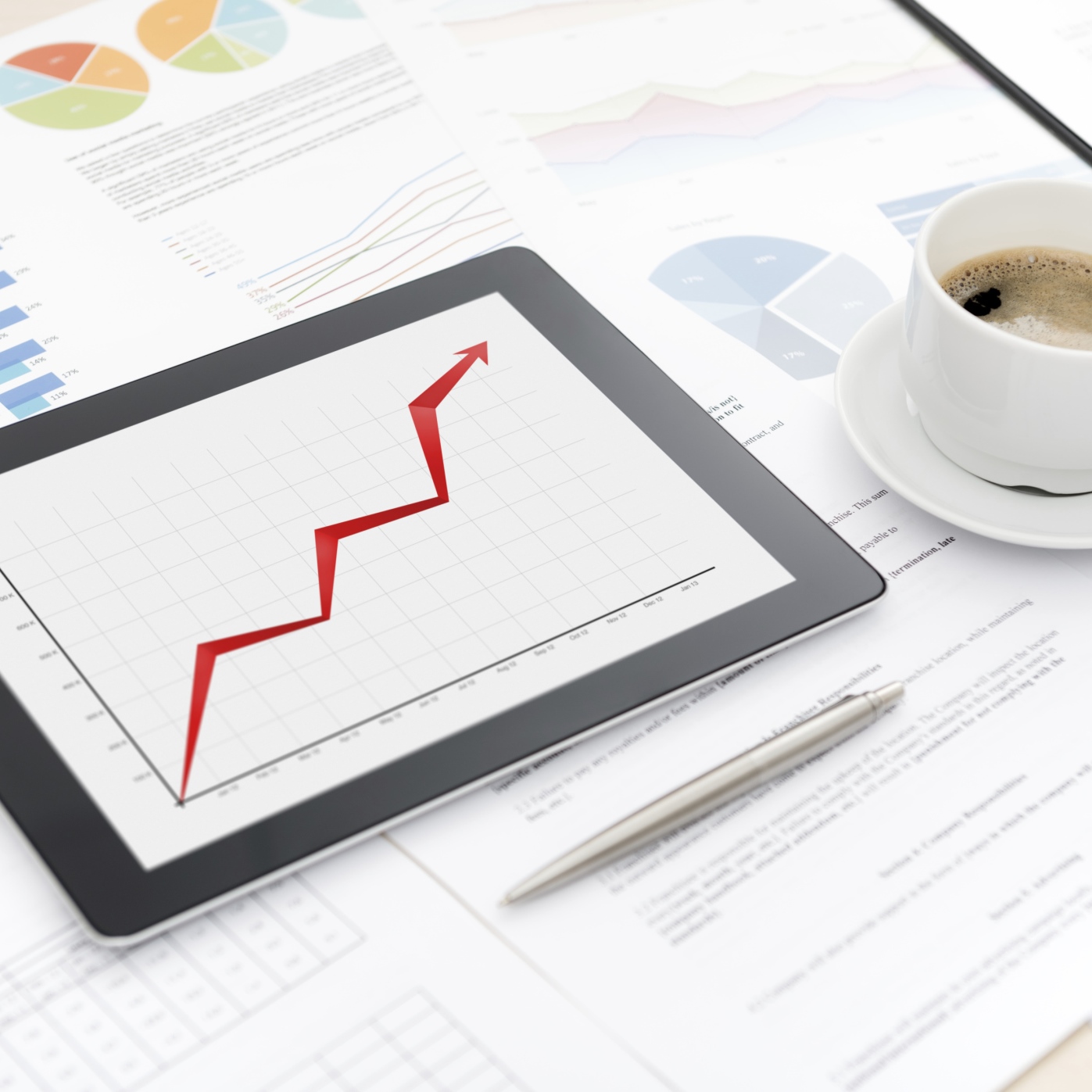Commodities & Metals
Are Gold ETFs Inflows Competing for Bitcoin Investors?

Published:
Last Updated:

If you have been watching the financial media of late, chances are high that you have had more than enough about bitcoin and cryptocurrencies shoved into your ear. Whether bitcoin and other cryptocurrencies are a store of a value or are developing currencies remains up for debate, but the interest in gold by the investing community and by central banks in need of hard assets remains high.
The World Gold Council has reported that gold-backed exchange traded funds (ETFs) added some 197.5 tonnes of gold to their holdings in 2017. That is a gain of 8.4% from 2016. In December alone, the tally of global gold-backed ETFs increased their gold holdings by 5.3 tonnes to 2,363.
While much of the interest in gold-back ETFs is global, the reality is that SPDR Gold Shares (NYSEARCA: GLD) and iShares Gold Trust (NYSEARCA: IAU) have more gold than what the World Gold Council represented as the other eight of the top 10 gold ETFs with inflows in 2017.
Gold was last seen down over $3 per ounce at $1,315.00, only marginally higher than where it ended in 2017. According to Coinbase, a top crypto-exchange and price tracking site, the bitcoin was last seen trading at $14,507, compared with about $13,500 right at the end of 2017. The difference here remains the volatility, with gold having a narrow range and bitcoin having a range in the last week alone of $14,382 to $17,083. That would be akin to gold having a range of $200 or more in that short a time.
According to the World Gold Council, European funds captured a whopping 75% of global inflows in 2017. This was a gain of 148.6 tonnes of gold. In dollar terms, it’s about $5.8 billion that was added to their holdings.
In the United States, the iShares Gold Trust and SPDR Gold Shares collectively accumulated 62.6 tonnes. That accounted for about 28% of the global net inflows, and it comes to a tally of about $2.9 billion. In December, the iShares Gold Trust added 2.1 tonnes while the SPDR Gold Shares had outflows of roughly 2.0 tonnes.
Then there is the relatively new approach of currency-hedged gold ETFs. The World Gold Council showed that these had some of the strongest growth during 2017. The council’s report said:
db Physical Gold British-pound-hedged and euro-hedged funds grew 463% and 65% respectively. ETFS GBP Daily Hedged Physical Gold grew 119%, adding 2.5t. At the fund level, Asian listed funds accounted for 54% of global net outflows. Huaan Yifu Gold ETF, listed in China, had the most outflows globally, losing 5.5t (US$231mn, 25% AUM).
You may have noticed that Asia has not been mentioned. It turns out that Asian-listed funds accounted for 54% of global net outflows in gold. They had a drawdown of 12.9 tonnes.
SPDR Gold Shares closed out 2017 at $123.65, and on Tuesday morning it was down about $1.00 at $124.30. The iShares Gold Trust ended 2017 at $12.51 but was last seen down 0.9% on the day at $12.58.
If you’re like many Americans and keep your money ‘safe’ in a checking or savings account, think again. The average yield on a savings account is a paltry .4% today, and inflation is much higher. Checking accounts are even worse.
Every day you don’t move to a high-yield savings account that beats inflation, you lose more and more value.
But there is good news. To win qualified customers, some accounts are paying 9-10x this national average. That’s an incredible way to keep your money safe, and get paid at the same time. Our top pick for high yield savings accounts includes other one time cash bonuses, and is FDIC insured.
Click here to see how much more you could be earning on your savings today. It takes just a few minutes and your money could be working for you.
Thank you for reading! Have some feedback for us?
Contact the 24/7 Wall St. editorial team.